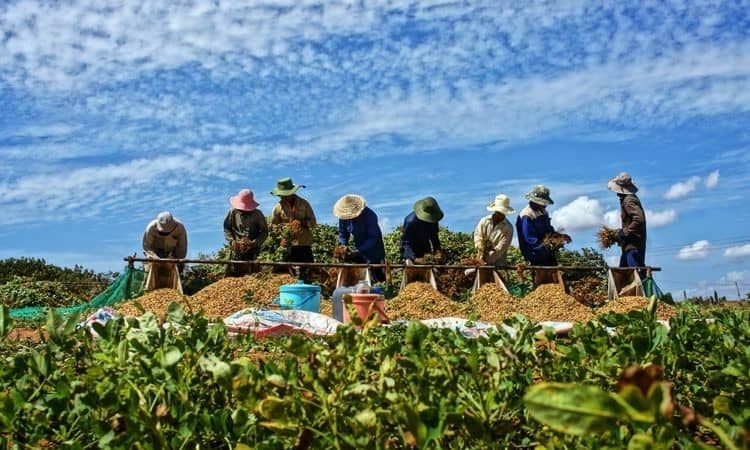Food Tank is excited to be collaborating with the U.N. Food and Agriculture Organization for the International Year of Family Farming (IYFF). Through a discussion on “The Future of Family Farming: Providing Resources for Women and Young Farmers,” we hope to promote greater dialogue around family farming issues.
Thank you all for your comments and suggestions, and for maintaining such a lively discussion so far! Commentators have offered great suggestions for legal, policy, economic, educational, and grass roots measures to increase the resources available to women and young farmers.
Dr. Santosh Kumar Mishra shared strengthening the technical and entrepreneurial skills of young people is of paramount importance in rural areas, where literacy and training rates are often lower than elsewhere. Farmer field schools are platforms for training and experience-sharing between farmers and have proven effective in knowledge, technology and innovation dissemination.
Jim Currie acknowledges the age-old desire to provide “something better” for one’s children, but disagrees that this means a non-agricultural occupation. He shares that it may be possible to adapt the 4H model to serve and encourage youth in developing countries to stick with agricultural vocations. And moreover, the education system needs to produce more trainers to address the interests and needs of rural youth.
John Weatherhogg suggested finding opportunities for rural youth through hired agricultural services. For example, youth can hire a piece of machinery and charge as a contractor to till the fields of other community members, providing not only a valuable service but also creating a prestigious career for themselves.
And governments can help to make rural life appealing by connecting rural youth to technology that improves agriculture yields and also digitally connects them to the outside world. Improving infrastructure for cell phone coverage and Internet accessibility is paramount to making this happen.
Simple innovations like raised beds can relieve many of the physical hardships associated with agricultural labor, making fieldwork for women and youth less draining.
Readers shared that gender sensitivity trainings are important to highlight the contributions of female community members to men. But in some contexts, women-only groups can provide enabling spaces where marginalized women can gain self-esteem, confidence, and skills by creating a space for them to identify their needs, understand their rights, and begin to articulate their demands.
Luis Sáez Tonacca described the experiences of a group of women in central Chile, who – apart from doing the housekeeping, looking after their children, and caring for the sick – also cultivate the land and add value to their products. These are directly sold by themselves and constituting a source of income for their families. If government initiatives granted these groups access to the institutional public or private market and guaranteed a fair price for the sale of their products, they would reap huge profits.
Maria Antip believes that in order to make farming a viable and economically attractive profession for women and rural youth, farmers must have access to productive resources such as financing to purchase inputs, quality seeds, fertilizers, irrigation, and crop insurance. This is particularly true in Sub-Saharan Africa, where a wide yield gap means that not only farmers are unable to become commercial, but they often face hunger and malnutrition themselves.
Subhash Mehta disagrees, stating that governments and donors need to invest in climate-friendly, low-cost, agro-ecological technologies and innovations. These are can be adapted successfully by farmers in the midst changing climates, as opposed to the high cost conventional green revolution technologies based industrial production. This will reduce barriers to entry for youth pursuing agriculture.
Nicolas Ross believes family farming will remain unattractive to women and youth so long as the labor conditions remain as bleak as they are. The promotion of decent rural employment should therefore be an integral part of broader efforts to enhance productivity, incomes, and food security among family farmers.
Several readers expressed that governments should design educational curriculums that clearly demonstrate that all food products are derived from farming activities and that agriculture is the heart of development and food provision. By creating a food culture, agricultural appreciation may rise.
Thank you for your comments – keep them coming! I appreciate your contributions and thank you again for engaging in the discussion!













